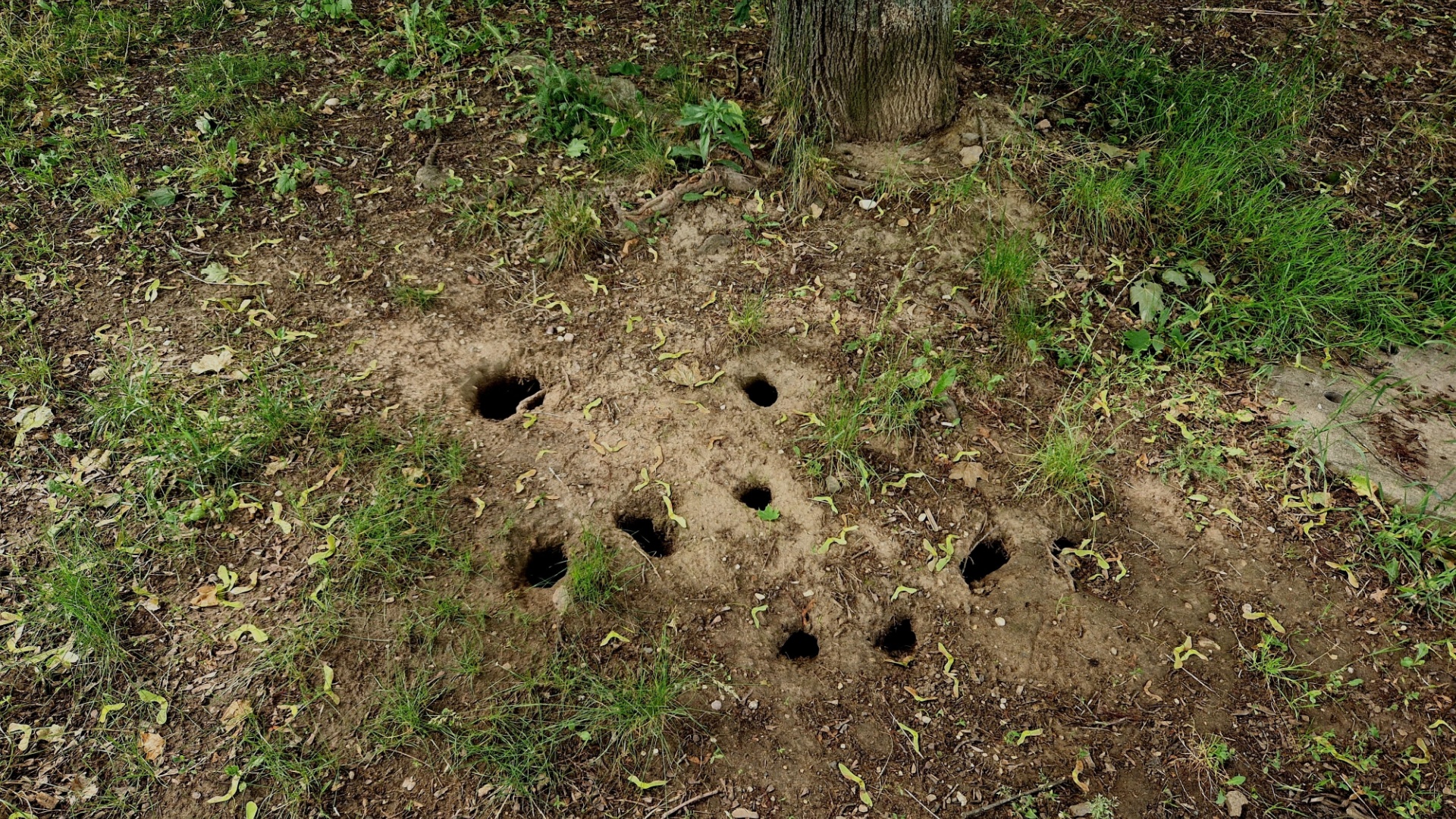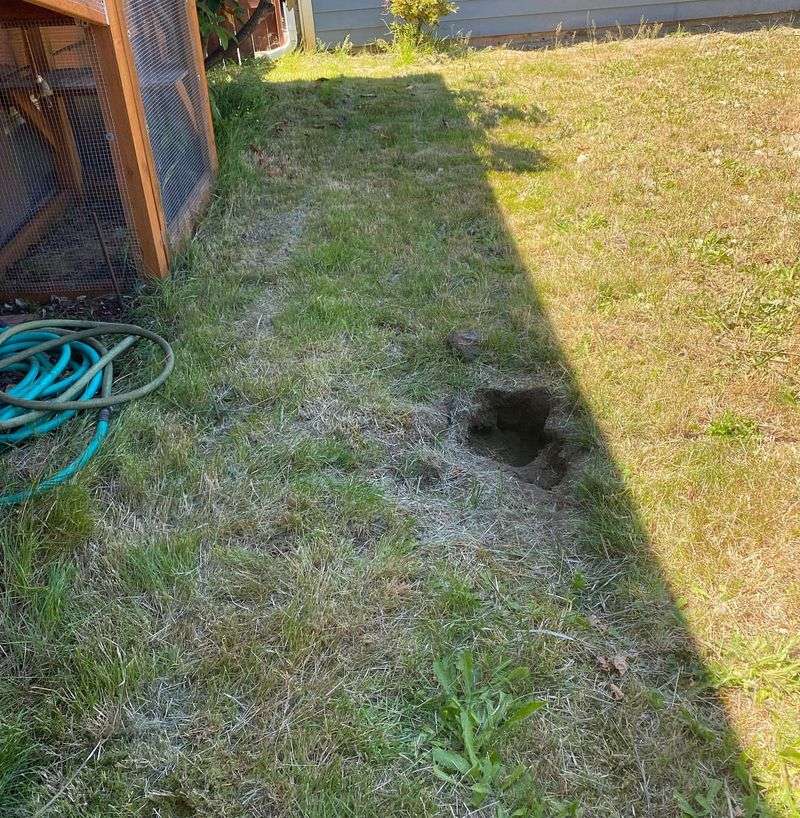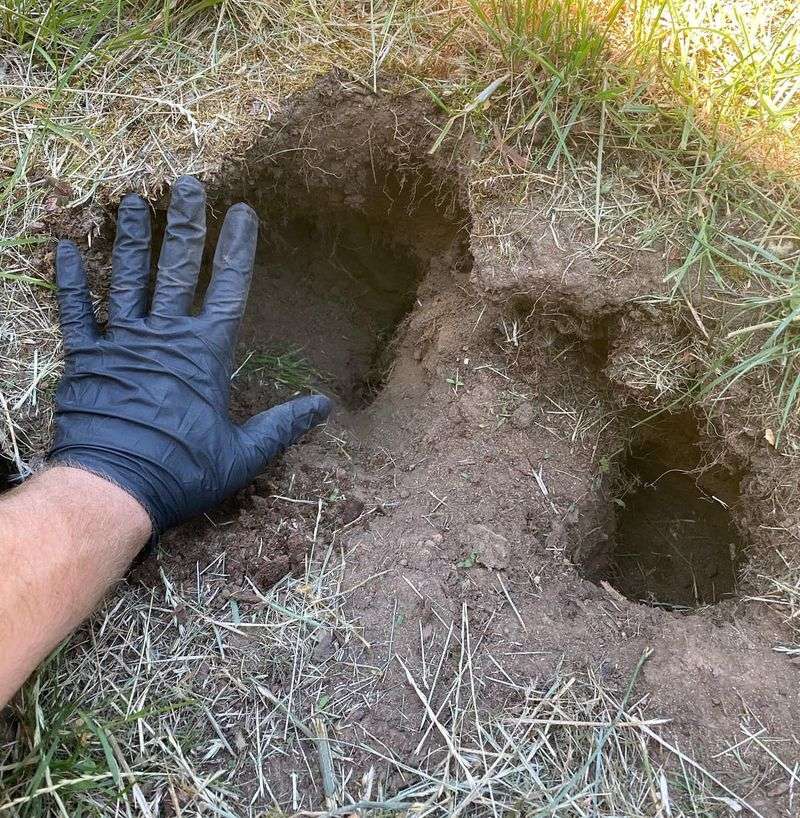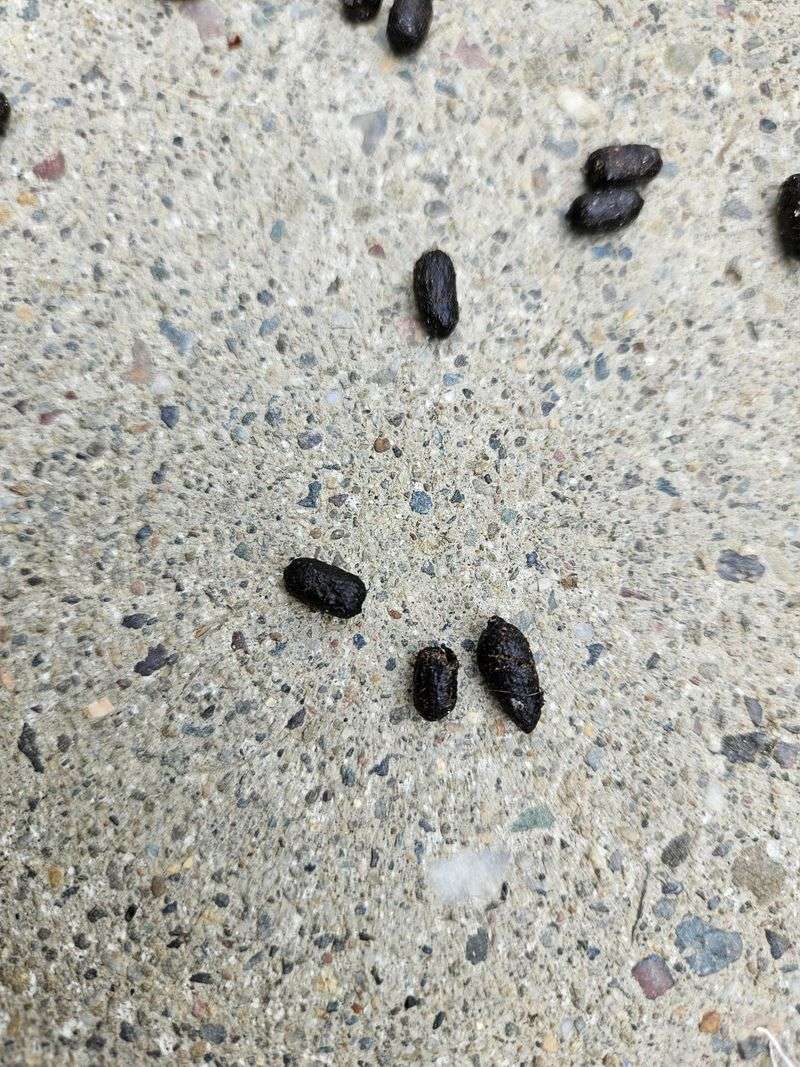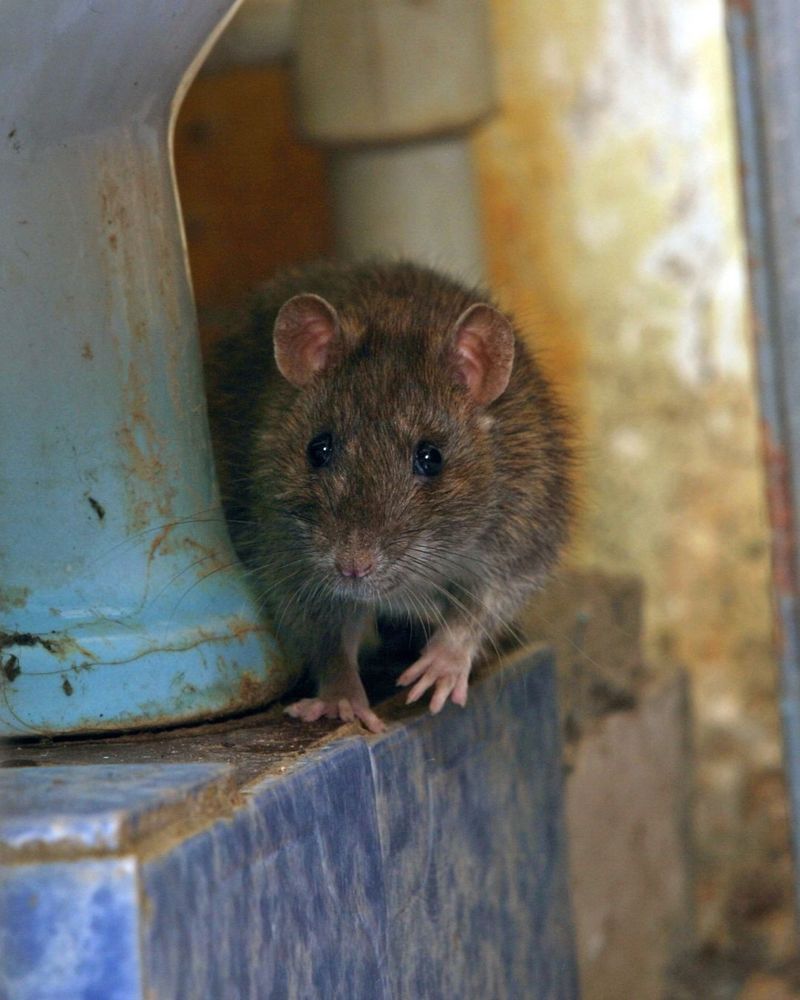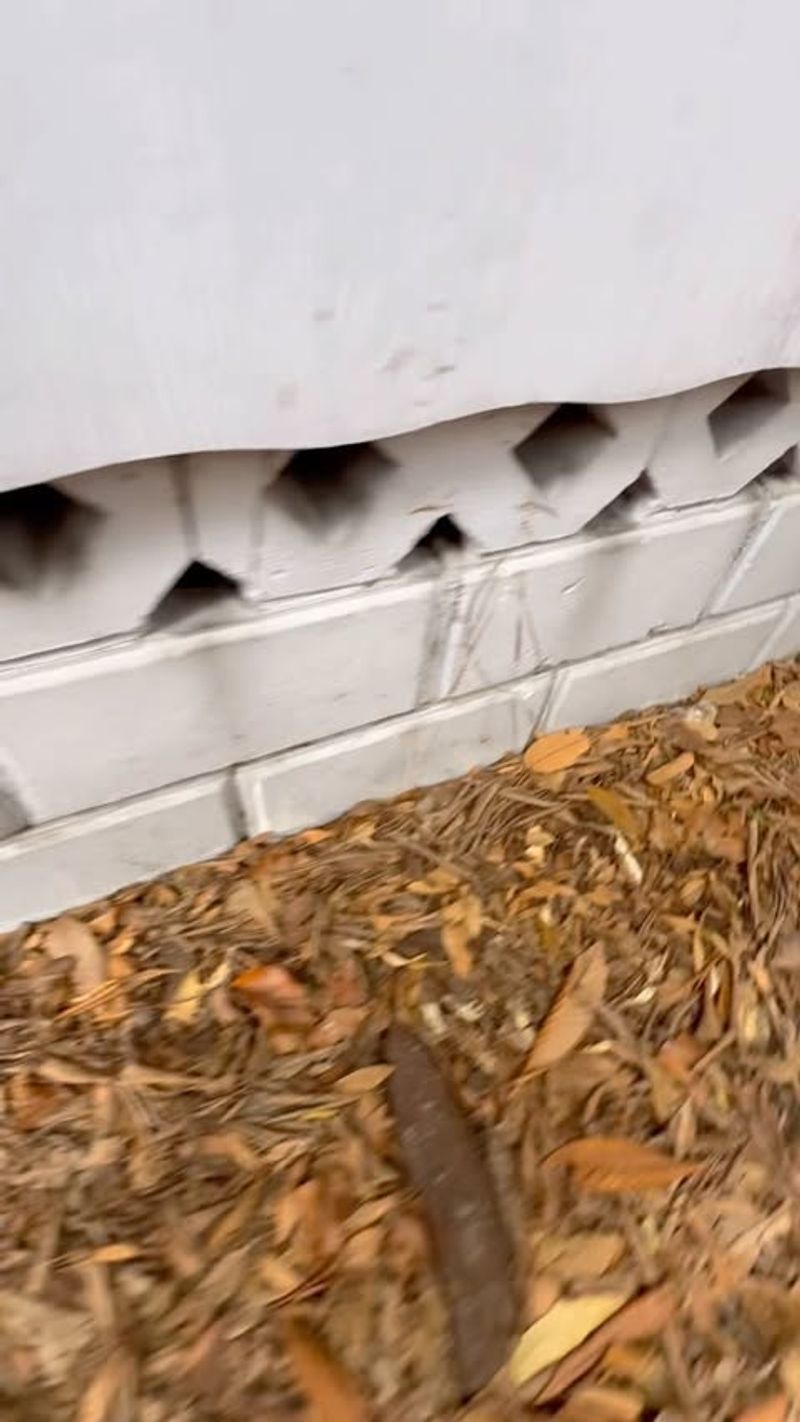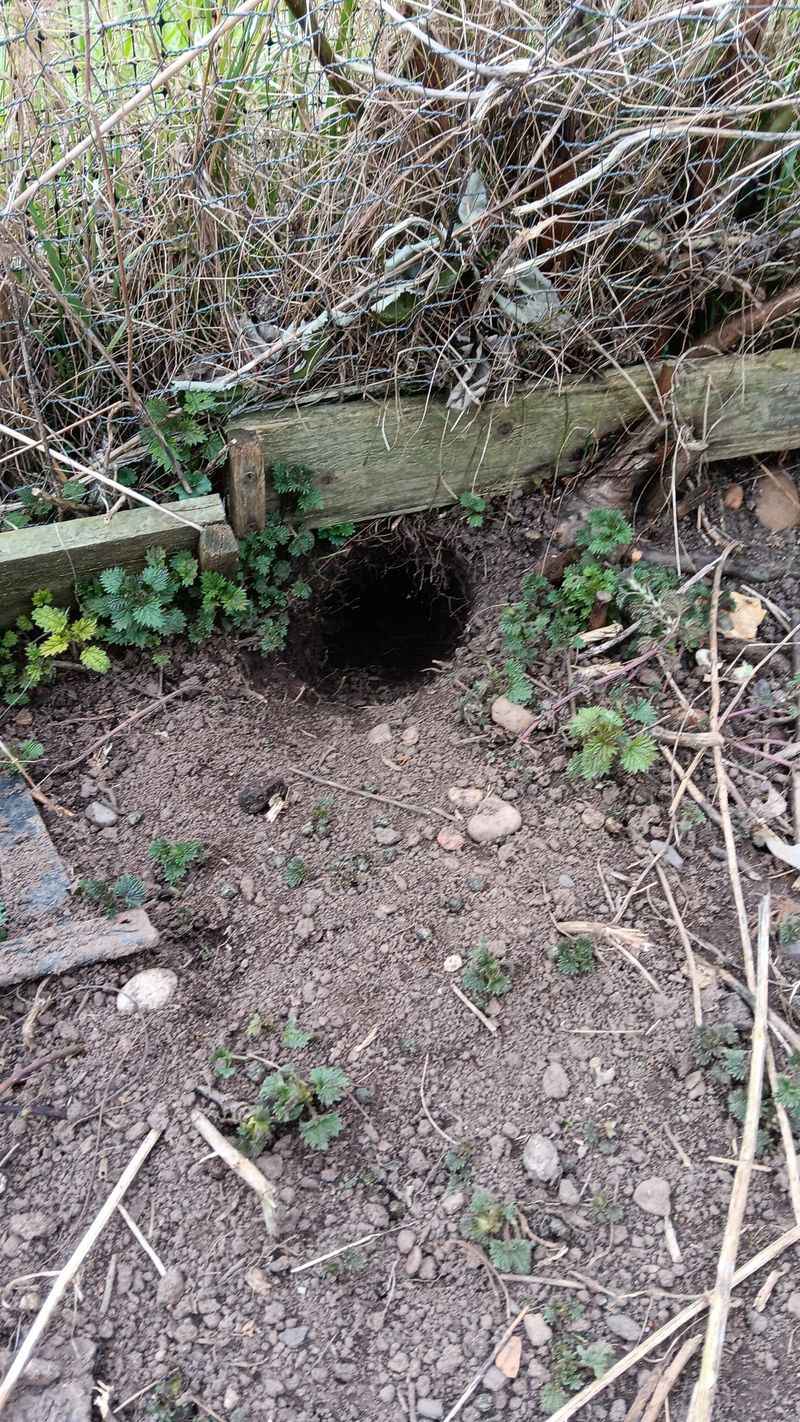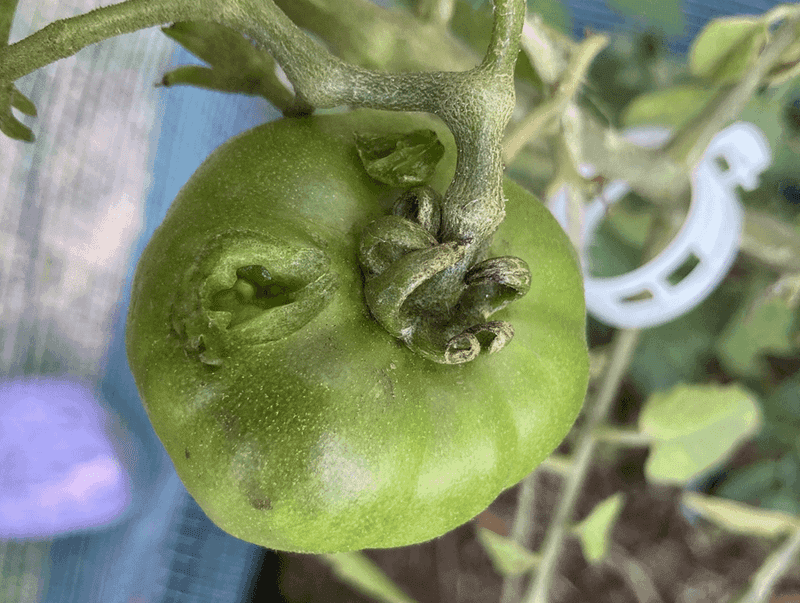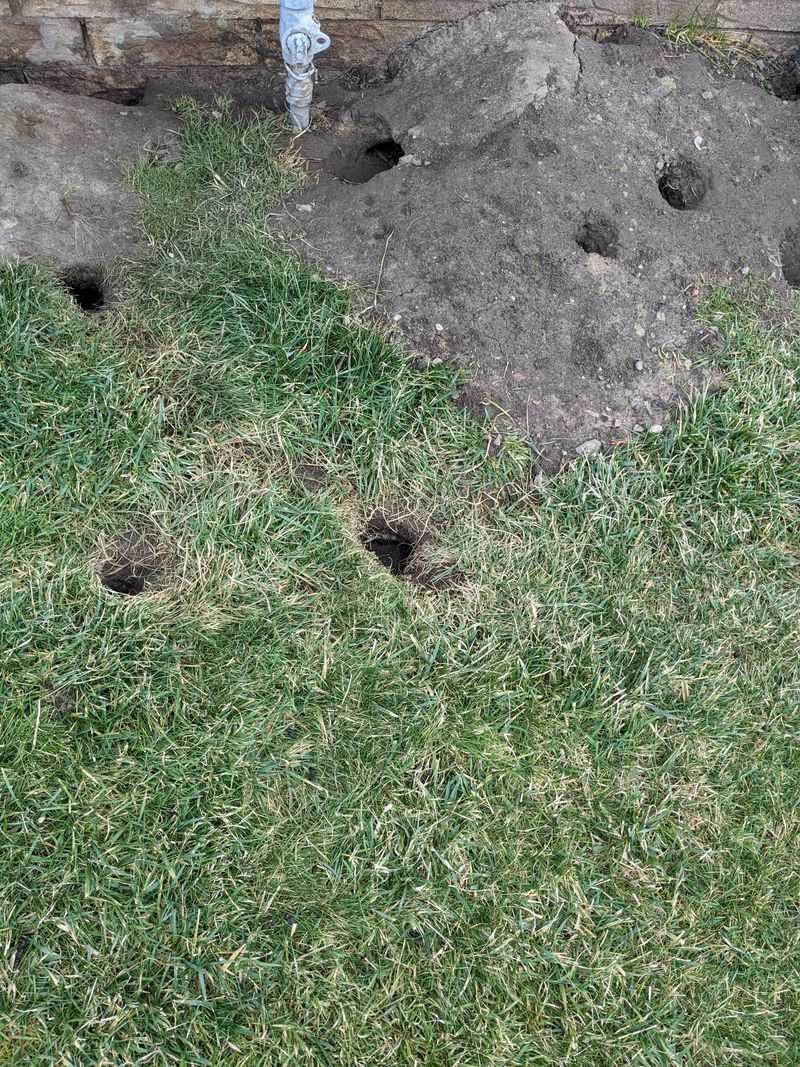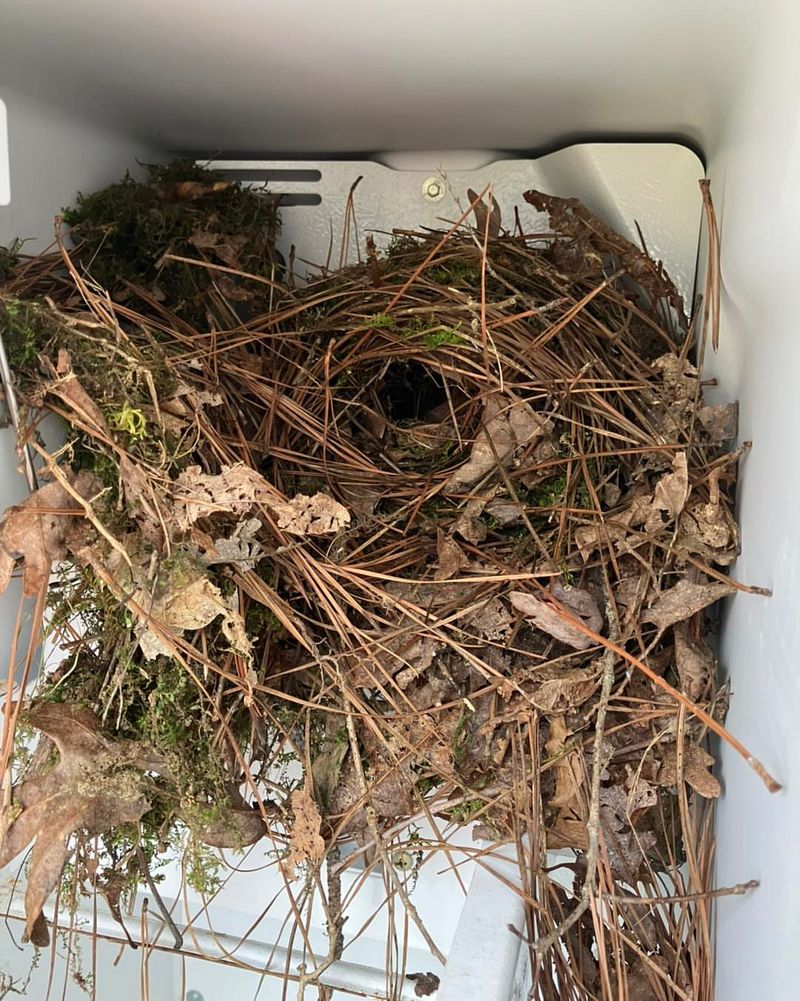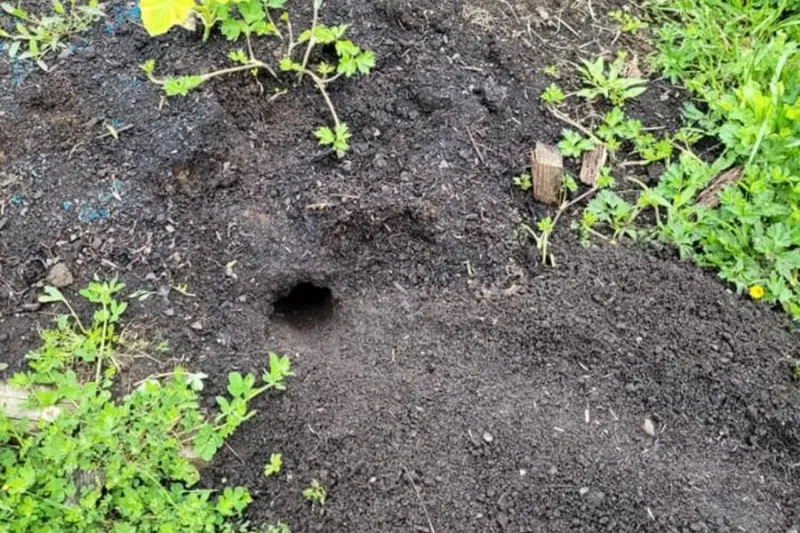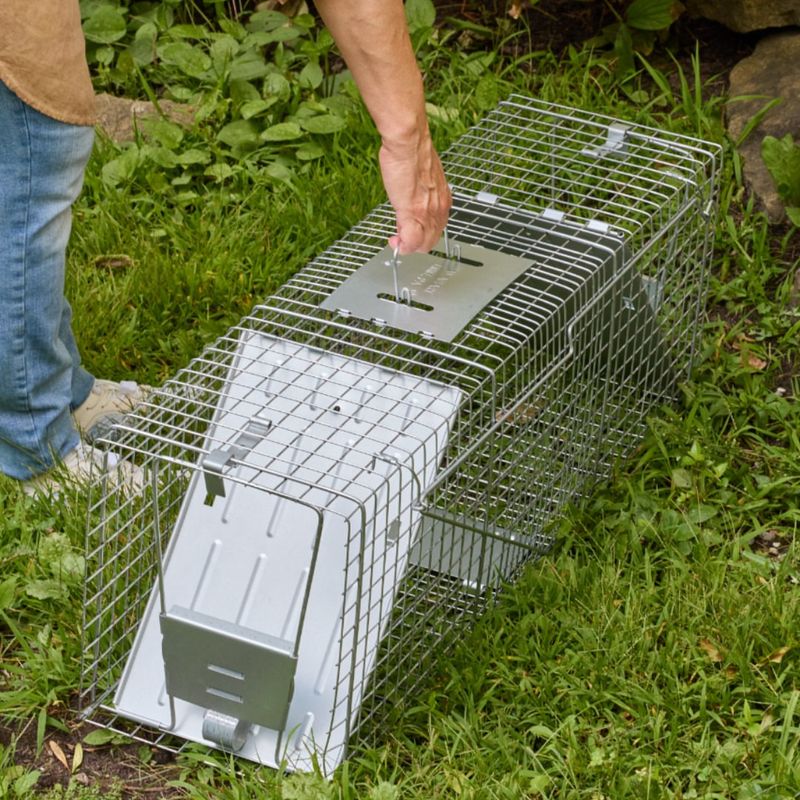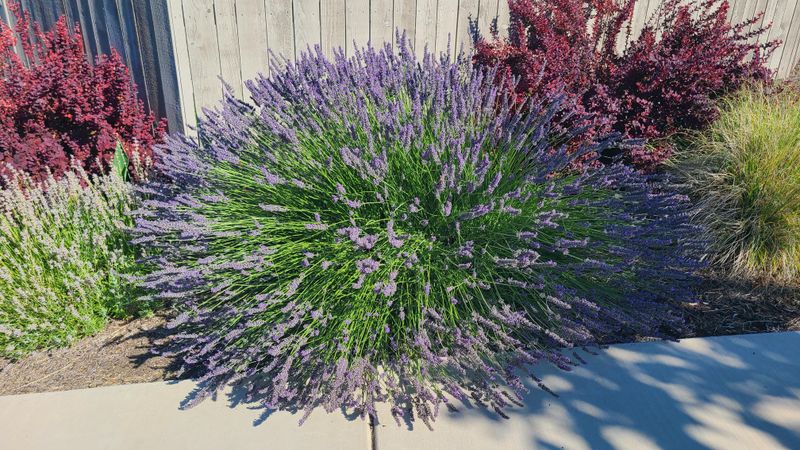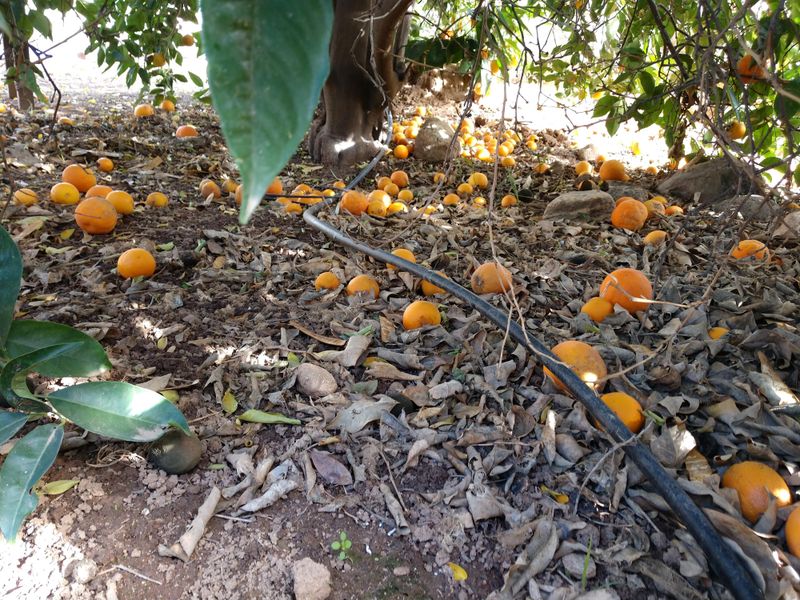Noticed strange holes popping up in your yard? Before you blame moles or rabbits, take a closer look—rats could be the real culprits. These pests dig to nest, hide, and scavenge, leaving behind telltale signs.
These 15 clues will help you figure out if rats are the problem—and how to send them packing fast, before they take over your space.
1. Hole Size Matters
Rat holes typically measure between 2-4 inches in diameter – about the size of a golf ball or tennis ball. The entrance will appear smooth and well-worn from frequent use.
Unlike rabbit or squirrel holes, rat burrows often have dirt scattered around the opening rather than neatly piled. Fresh dirt indicates active digging, which means rats are currently living there.
If you can fit two fingers into the hole, you’re likely dealing with rats rather than mice or voles, which create much smaller openings.
2. Runway Paths Between Holes
Rats create distinct paths or runways through grass as they travel between burrow holes. Look for narrow, beaten-down trails about 2-3 inches wide in your lawn or garden.
These pathways often connect multiple holes and lead to food sources like gardens, compost piles, or bird feeders. The grass along these routes appears flattened or worn away completely.
Morning dew can make these runways more visible as the water collects differently on the compressed grass. This is a telltale sign of heavy rat traffic.
3. Droppings Near Hole Entrances
Rat droppings are one of the most reliable signs you’re dealing with a rat problem. Look for dark, pellet-shaped droppings measuring about ¼ to ½ inch long near hole entrances.
Fresh droppings appear shiny and dark, while older ones turn gray and crumbly. The quantity matters too – finding numerous droppings suggests multiple rats.
Always wear gloves when examining suspected droppings, as rats can carry diseases. Their poop is typically pointed at the ends, distinguishing it from other rodent waste.
4. Gnaw Marks on Nearby Objects
Rats have constantly growing teeth, forcing them to chew on things regularly. Check for distinctive gnaw marks on wooden structures, plastic irrigation pipes, or garden furniture near the holes.
The tooth marks appear as parallel grooves about 1/8 inch wide. Unlike squirrel damage, rat gnawing tends to be lower to the ground and more irregular.
Garden hoses, electrical wires, and plastic containers are particularly attractive to rats. Finding these items damaged near suspicious holes strongly indicates a rat infestation.
5. Greasy Smudges Along Walls
Rats have oily fur that leaves dark, greasy smudge marks along surfaces they frequently travel. Check fences, walls, or structures near the suspicious holes for these telltale streaks.
These smudges typically appear at ground level up to about 8 inches high. They indicate regular rat pathways between their burrows and food sources.
The greasier and darker the marks, the more heavily traveled the route. Run your finger over suspected marks wearing gloves – rat smudges feel slightly greasy to the touch.
6. Unusual Pet Behavior
Dogs and cats often detect rats before humans do. Watch for pets digging obsessively at specific spots in the yard or staring intently at walls, fences, or garden areas.
Unusual barking, whining, or excitement when in certain parts of your yard can indicate they smell or hear rats. Your pet might suddenly refuse to enter areas they previously enjoyed.
Some pets may bring you “gifts” in the form of dead rats – a clear sign you’ve got unwelcome visitors. Pay attention to these natural alarm systems!
7. Nighttime Activity Sounds
Rats are primarily nocturnal, becoming most active after sunset. Step outside after dark and listen quietly near suspected holes for scratching, scurrying, or squeaking sounds.
A flashlight sweep across your yard might catch the reflective shine of rat eyes. Their movements create rustling noises in vegetation that’s distinctly different from other nighttime creatures.
Try setting up a smartphone to record video or audio overnight near suspected areas. Morning playback might reveal rat activity you’d otherwise miss during your sleeping hours.
8. Multiple Connected Entrances
Rat colonies create complex burrow systems with multiple entrances and exits for quick escapes. Finding several holes within a 10-20 foot area suggests you’re dealing with rats rather than solitary burrowing animals.
Their tunnel systems typically include a main nest chamber plus separate areas for food storage and waste. Some entrances may appear abandoned while others show signs of regular use.
Pour water down a suspected hole and watch if it emerges from nearby openings, confirming connected tunnels. This underground network is a definite sign of established rat colonies.
9. Disappearing Garden Produce
Finding partially eaten vegetables or fruits in your garden with distinctive teeth marks is a strong rat indicator. Rats particularly love tomatoes, corn, beans, and root vegetables like carrots and potatoes.
Unlike damage from insects or other pests, rat damage shows clear, large bite marks. They often eat just portions of produce, leaving the rest behind.
Look for vegetables that have been pulled down or dragged toward burrow entrances. Rats sometimes create small stockpiles of food near their holes for future consumption.
10. Strange Odors Around Holes
A strong, musky, ammonia-like smell near holes points directly to rat presence. This distinctive odor comes from their urine, which they use to mark territories and communicate with other rats.
The smell intensifies in hot weather or after rain. Long-established rat colonies produce stronger odors than newly formed ones.
If you notice this smell getting stronger over time, it likely means your rat population is growing. The odor is particularly noticeable near main entrances to their burrow systems.
11. Nesting Materials Near Entrances
Rats collect soft materials to line their nests inside burrows. Finding shredded paper, fabric scraps, dried grass, or insulation material near hole entrances strongly indicates rat activity.
They’ll steal materials from compost piles, garbage bins, or even your home’s insulation. Sometimes you’ll spot these materials partially pulled into burrow entrances.
The presence of these gathered materials distinguishes rat holes from those made by insects or water erosion. Rats are surprisingly picky about their bedding and will collect the softest materials available.
12. Fresh Soil Mounds
Active rat burrows feature fresh soil deposits as rats continue expanding their tunnel systems. These mounds appear different from ant hills or mole mounds – less cone-shaped and more scattered.
Check for tiny footprints in the fresh soil, including the distinctive mark of a rat’s dragging tail. The soil will feel loosely packed rather than compacted.
Mark suspected mounds with a stick and check the next morning to see if new soil has appeared. Ongoing excavation activity is a clear sign of current rat occupation rather than abandoned burrows.
13. Set Up Humane Traps
Humane cage traps offer an effective, non-toxic way to catch rats without killing them. Place these near active burrow entrances, baited with peanut butter, bacon, or dried fruit.
Check traps frequently – at least twice daily – to prevent unnecessary stress to captured animals. Once caught, release rats at least 2 miles away in suitable habitat, away from other homes.
Wear thick gloves when handling traps to avoid bites or scratches. Multiple traps set simultaneously work better than a single trap, especially for larger infestations.
14. Natural Repellents
Certain scents naturally repel rats without harmful chemicals. Peppermint oil, eucalyptus, and predator urine (available commercially) can discourage rats when applied around burrow entrances and garden perimeters.
Soak cotton balls in peppermint oil and place them near holes, refreshing every few days. Plant mint, lavender, or rosemary around your garden’s edges as living barriers.
Sprinkle cayenne pepper or crushed red pepper flakes around holes and pathways. Rats hate the burning sensation on their paws and will avoid treated areas.
15. Eliminate Food Sources
Rats won’t stay where they can’t eat. Remove fallen fruits and vegetables from your garden daily. Keep pet food indoors and never leave it out overnight.
Secure garbage cans with tight-fitting lids or bungee cords. Consider switching to rodent-proof compost bins with secure bottoms and sides to prevent access.
Bird feeders attract rats, so use models with catch trays and clean up spilled seed daily. Harvest ripe garden produce promptly and pick up windfall fruit from trees immediately.

